Planting Technology Lists
-
What are the diseases and insect pests of sword orchid? How to prevent and cure?
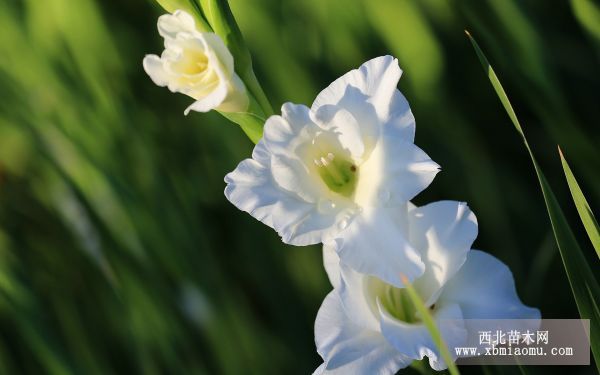
The main diseases and insect pests of sword orchid are ball rot, Fusarium wilt, rust, nematodes and root mites. Prevention and control of bulb rot: it is a disease that often occurs during corm storage. at the beginning, light brown sunken and wrinkled spots appear on the corm, the corm is atrophied and dry, and a turquoise mildew layer is produced on it, which does not germinate or grow abnormally after planting.
2019-03-05 -
Prevent the leaves of Dryopteris from yellowing
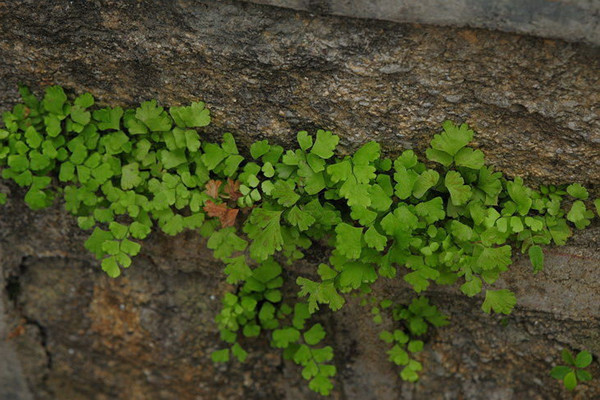
Dryopteris, also known as Dryopteris, is a perennial evergreen herb of the genus Dryopteris of the family Pteridaceae. Because the petiole is slender and chestnut brown, shaped like wire. The leaves of Dryopteris fern turn yellow during the growing period, generally for the following reasons: (1) direct sunlight. Dryopteris is a negative plant, which likes to scatter light and avoid direct sunlight.
2019-03-05 -
Control methods of Jiuli incense leaf blight
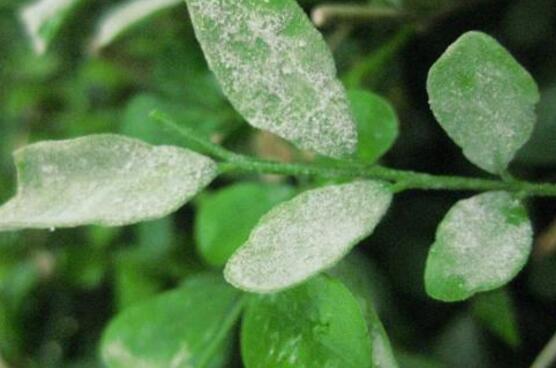
[symptoms] occur on the leaves, mostly from the leaf tip leaf edge to start the disease, serious can also spread to the tip, tender stem. The disease spot begins as a faded green macula, expands rapidly, and soon infects the whole leaf and becomes yellowish brown. In the later stage, the leaves were withered and covered with black grains, that is, the conidium of the pathogen.
2019-03-05 -
Why are the leaves of Jiuli incense yellowing and falling off?
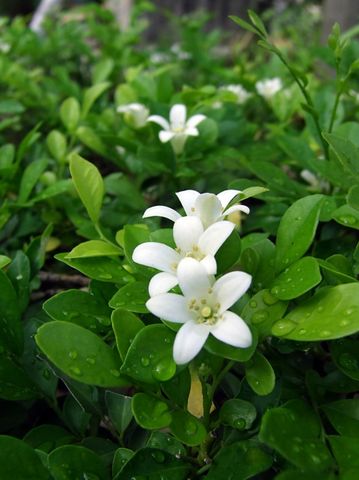
Jiuli incense likes to be warm and afraid of cold. After winter, Jiuli incense, which is moved into the room to prevent freezing and keep warm, occurs leaf yellow shedding, in addition to blowing cold wind, the main reason is that the basin soil is too wet or too wet. It is also related to poor indoor air circulation, dry environment, or too muggy. Prevention method: first
2019-03-05 -
Control methods of Ivy Leaf spot
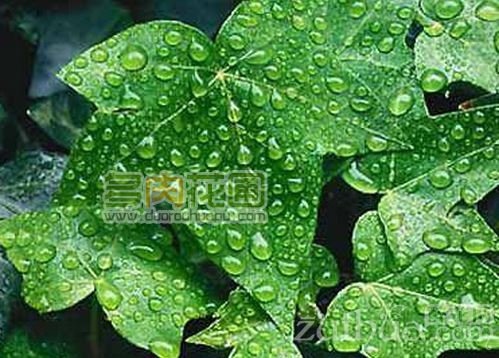
[symptoms] large waterlogged brown to dark brown patches are produced at the edge of the leaf, which often rapidly extends to the 1mm of the leaf or the whole leaf, and a gray mildew layer occurs when the humidity is high. It happens seriously in some years. [occurrence regularity] the sclerotia overwintered mainly in the sick and disabled body. Sclerotia germination in spring
2019-03-05 -
What are the requirements for planting cut flowers of sword orchids?
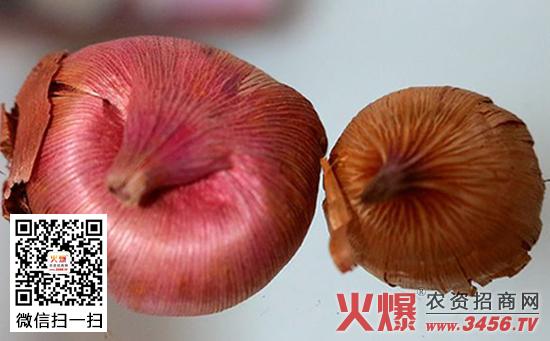
(1) before sowing the seed ball, soak the seed ball in clean water for 15 minutes, and then disinfect it. The commonly used disinfection methods are: 0.1% mercury solution for 30 minutes, 1%-2% formalin solution for 20 minutes and 60 minutes. (2) cultivation in open field during planting period.
2019-03-05 -
The propagation method of sword orchid and the culture method of potted sword orchid, and the flower language and implication of how to reproduce sword orchid.

(1) ramet propagation. The method of dividing balls: after the mother plant blossoms, the underground seed bulbs dry and form multiple bulbs beside or above the mother bulbs. The bulbs with a diameter of 2 cm are planted in the seedling bed in spring and can be cultivated for 2 to 3 years to develop into large bulbs, which can be used as seed bulbs. Ball cutting method: the method of cutting and planting the bulb, cutting the bulb longitudinally
2019-03-05 -
How to breed and cultivate sword orchid
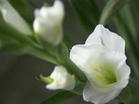
Sword orchid is mainly propagated by dividing balls, and it can also be propagated by cutting balls, sowing and tissue culture. The life span of the corm is one year, and it is renewed once a year, that is, in the process of leafing and flowering in the same year, the corm expands at the base of the flower stem to form a new ball, and then the original mother ball gradually dries up and dies, and the new ball gives birth to a daughter ball at the bottom of the new ball.
2019-03-05 -
How to breed Dryopteris: how to breed Dryopteris? Spore propagation and ramet propagation of Dryopteris

(1) ramet propagation. It can be used indoors for four seasons, but it is generally carried out in combination with changing pots in early spring. Take the mother plant out of the basin, cut off its rhizome, so that each piece has part of the rhizome and leaves, and then planted in a small basin. New plants can be obtained by covering the rhizome with mixed soil, irrigating and culturing in a damp environment.
2019-03-05 -
How to make Jiuli fragrant bonsai?

Rutaceae is a shrub or small tree of the genus Rutaceae. Flowering autumn, white flowers are large and few, very fragrant. The fruit is fleshy red. Jiuli incense prefers warm and humid climate and sunshine, is more tolerant to shade and drought, and has strong germination ability, and is resistant to pruning in neutral or calcareous soil with good drainage and fertility.
2019-03-05
